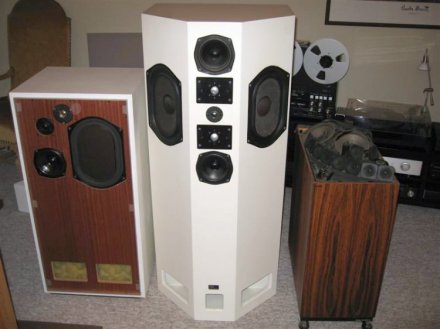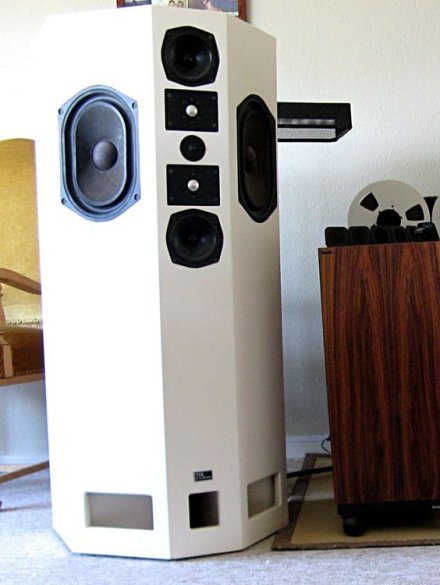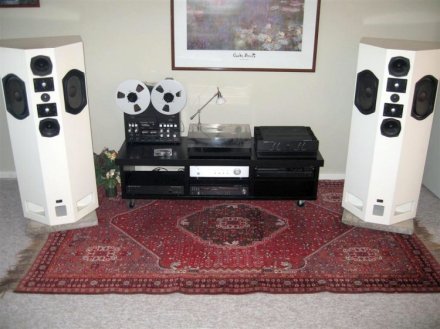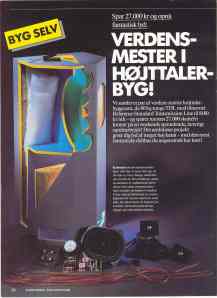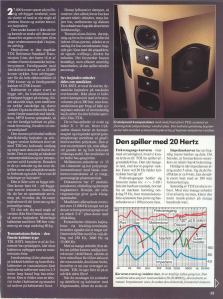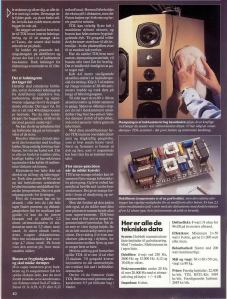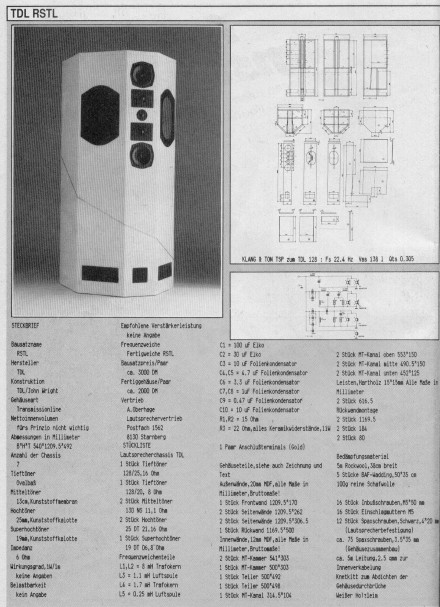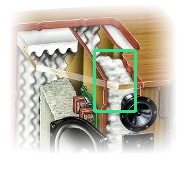In the December, 1989 (Vol. 12, No. 12) Stereophile, Robert Harley reviewed the original TDL Reference Standard (not the ‘M’). For the most part it was not favorable. Here are some excerpts:
Indeed, I immediately noticed an unnatural huskiness in her voice that could clearly be heard to resonate in her lower registers. This peak was also audible on piano as a “wooof” [sic] sound in the left hand. Further listening with a variety of music confirmed these impressions.
…In addition, I detected another coloration, a peak in the upper-midrange/lower-treble area that added an edge to sibilants. This peak was lower in frequency than the common 10kHz – 13kHz range where many speakers are bright. The coloration added more of a nasality and stridency rather than the spitty sound produced by other speakers with elevated top ends. Cymbals also took on a forward, splashy character without being overly tizzy in the extreme top end.
…The RSes’ imaging was somewhat better, but not convincing. …it tended to cling to the sides around the speakers. Throughout the listening sessions, I never had the impression that the speakers disappeared into the music. …just didn’t have the three-dimensionality I have come to expect from speakers.
Not exactly the speakers dreams are made of, would you say? 😉 It was not all a total loss though. After all, this is one of the most ambitious transmission line designs of all time, so hopefully Harley had some nice things to say about the bass? You betcha:
Bass reproduction through the TDL RS was easily the deepest, most effortless, and most enjoyable I have heard through any system. They present low frequencies with power and impact only hinted at by other speakers.
…In addition to this remarkable LF extension, the tonal character of the lower octaves was very neutral, without a trace of tubbiness or boom. Bass was fast, detailed and articulate. …I found myself playing recordings that featured my favorite bass players, reveling in the satisfying combination of seemingly bottomless depth and tight, punchy attack.
In Harley’s view then, the RSTL was something of a one-trick pony. This is the harshest evaluation I’ve encountered, but it is also the only one so far from a professional reviewer under controlled conditions. Next I’ll publish excerpts from the Gramophone review of the RSTL “M”. It is considerably more favorable, but also not nearly as in-depth.

